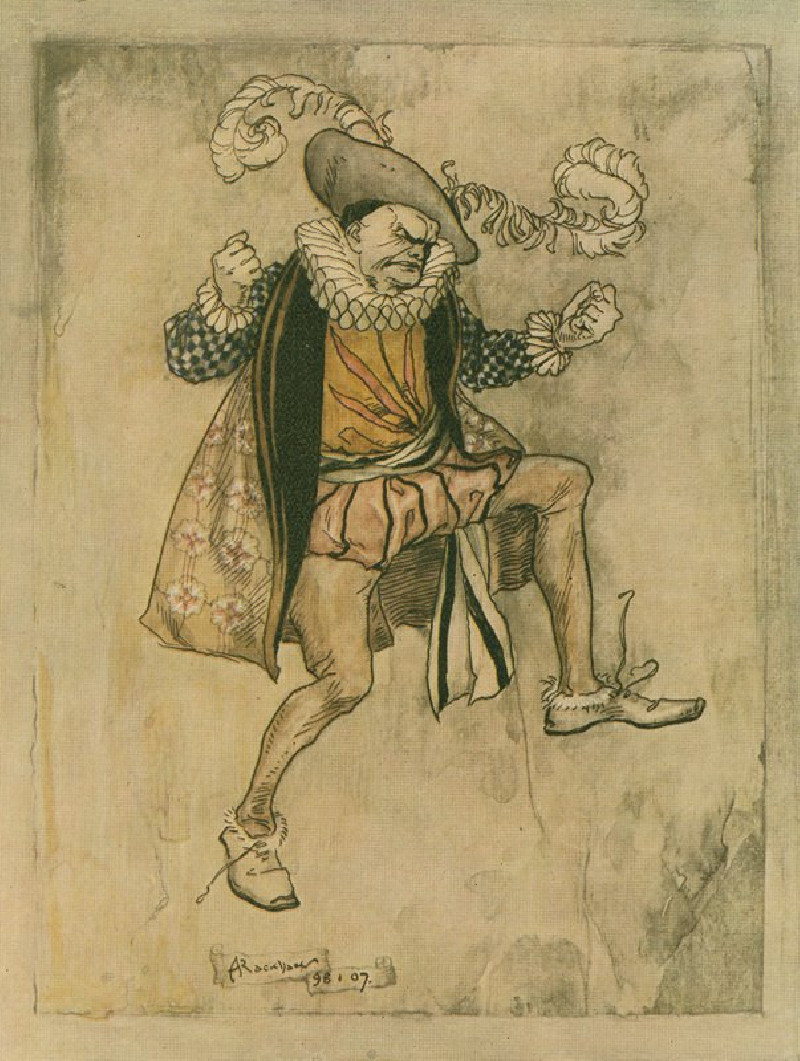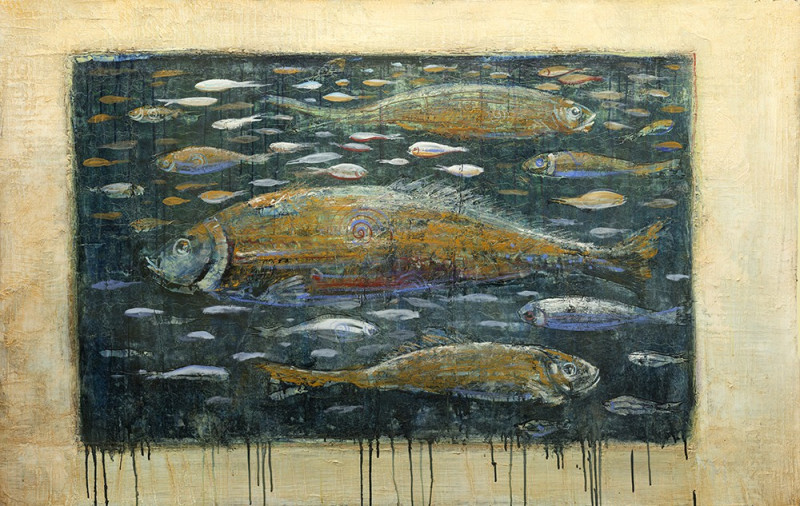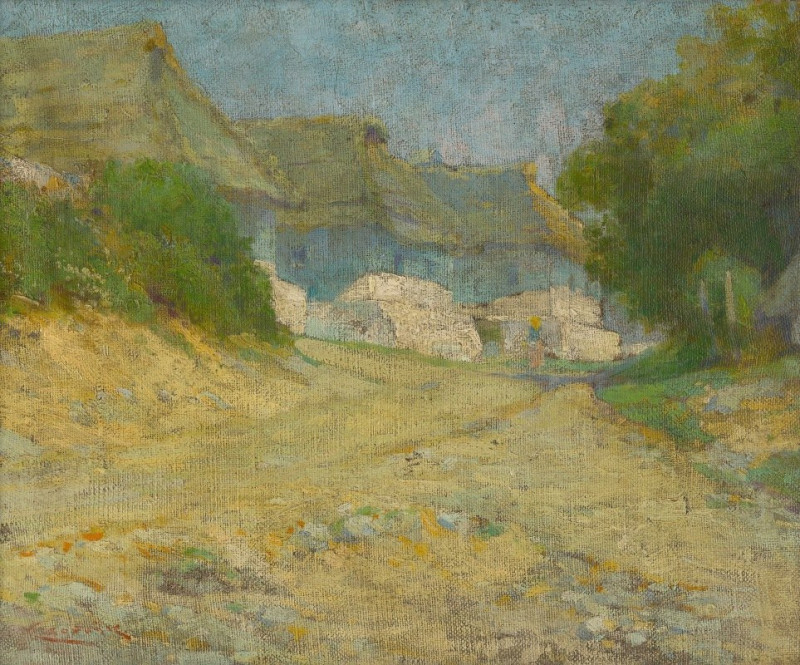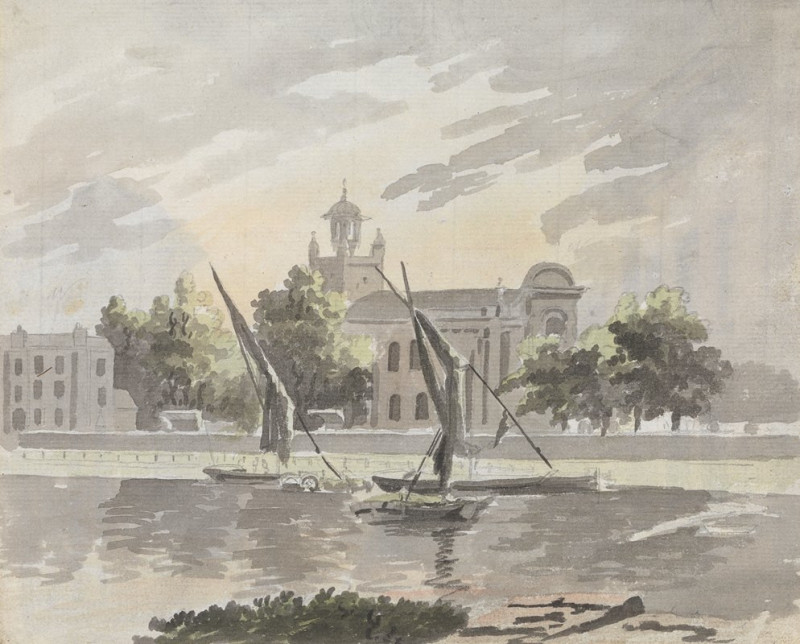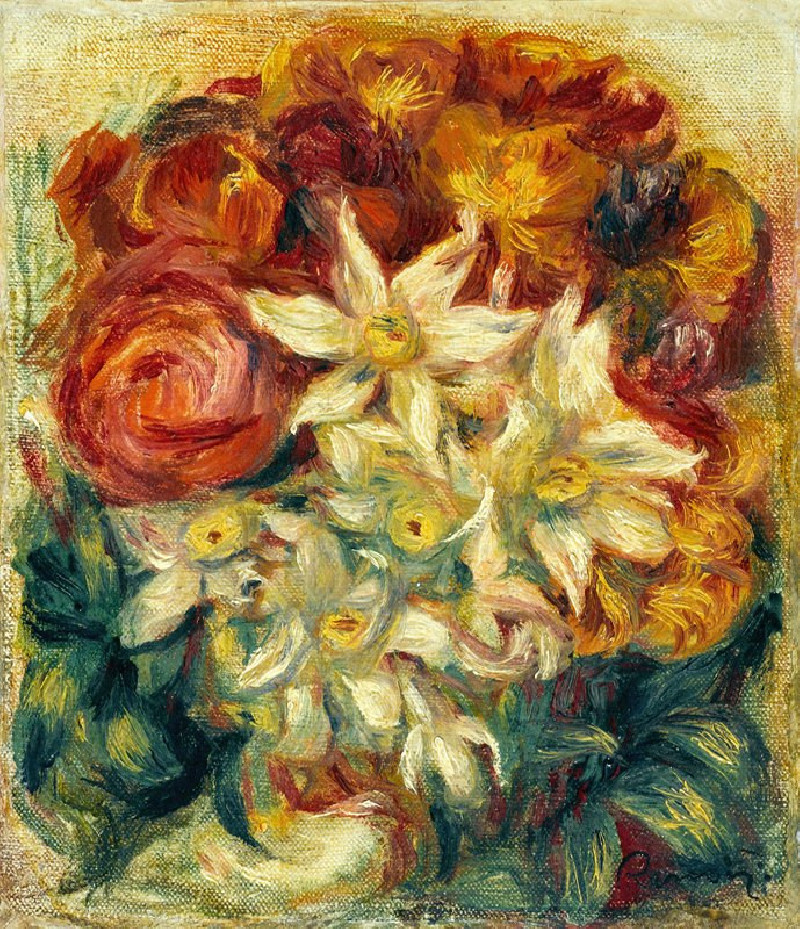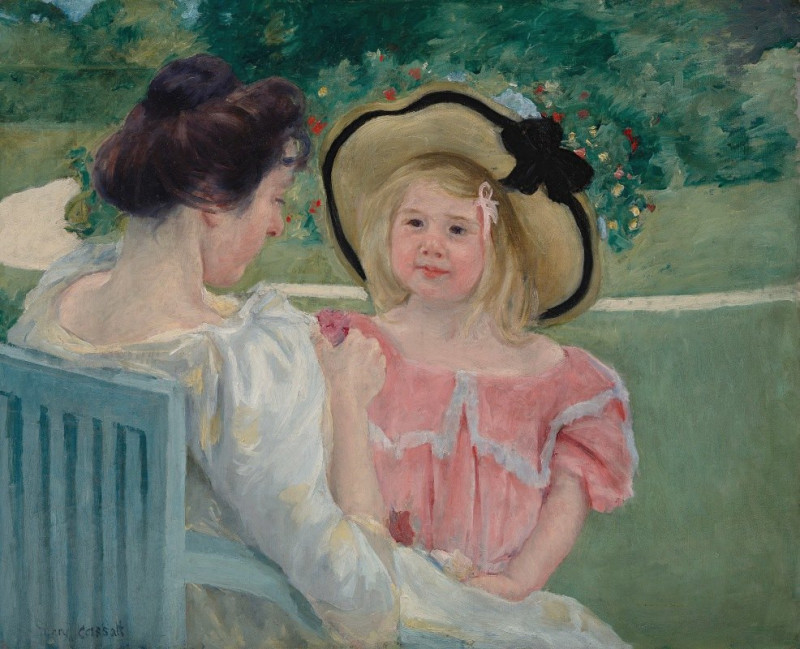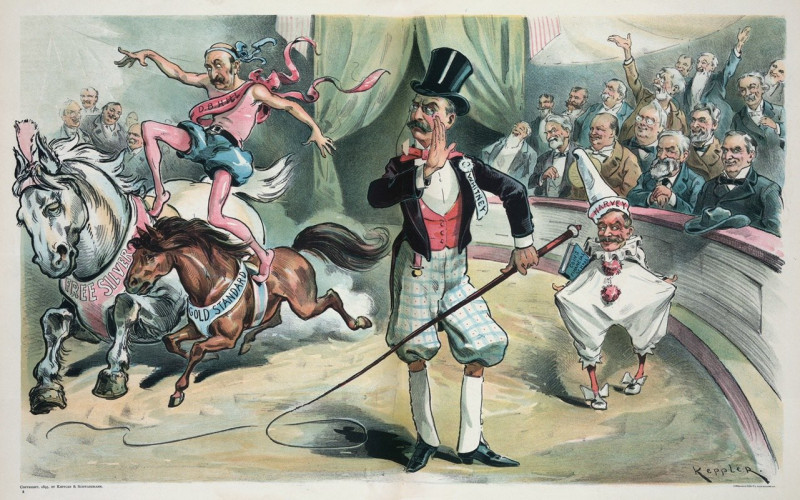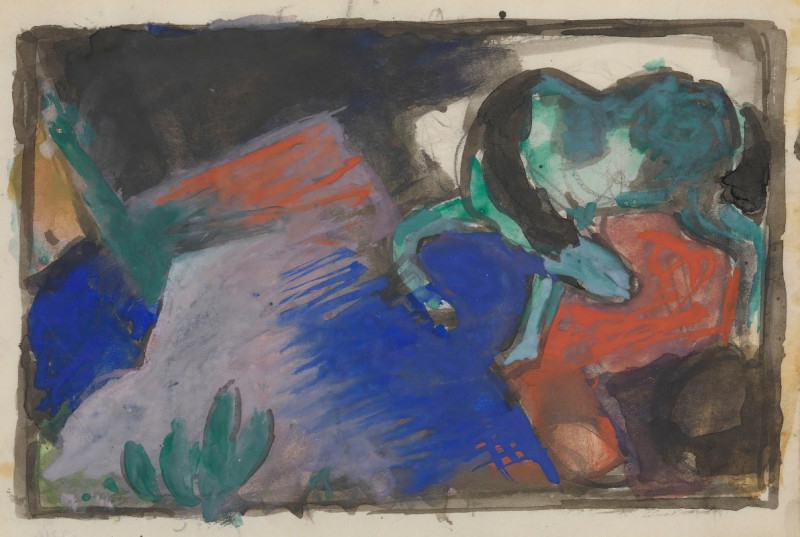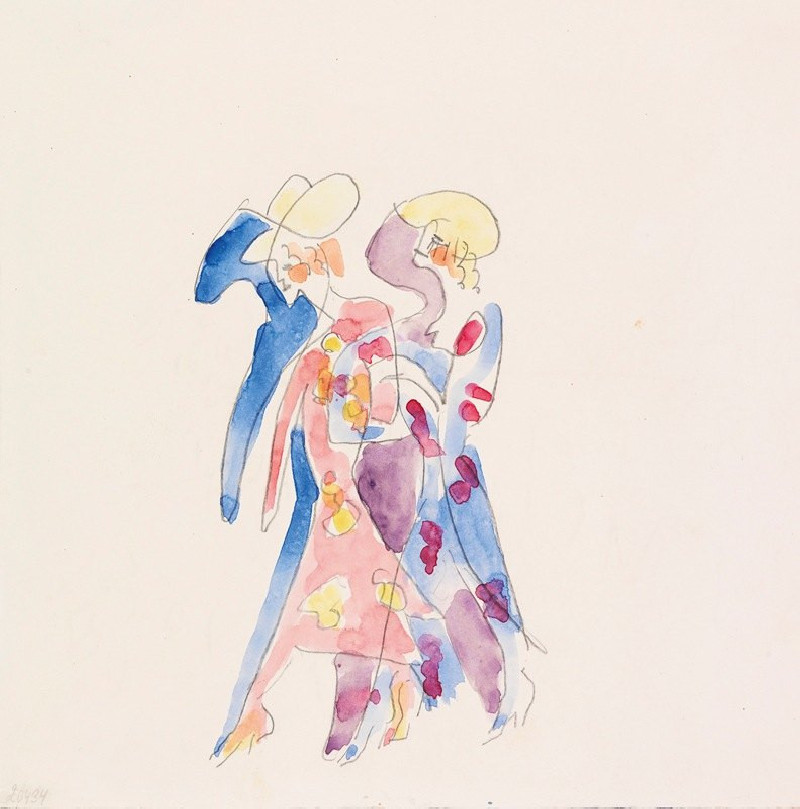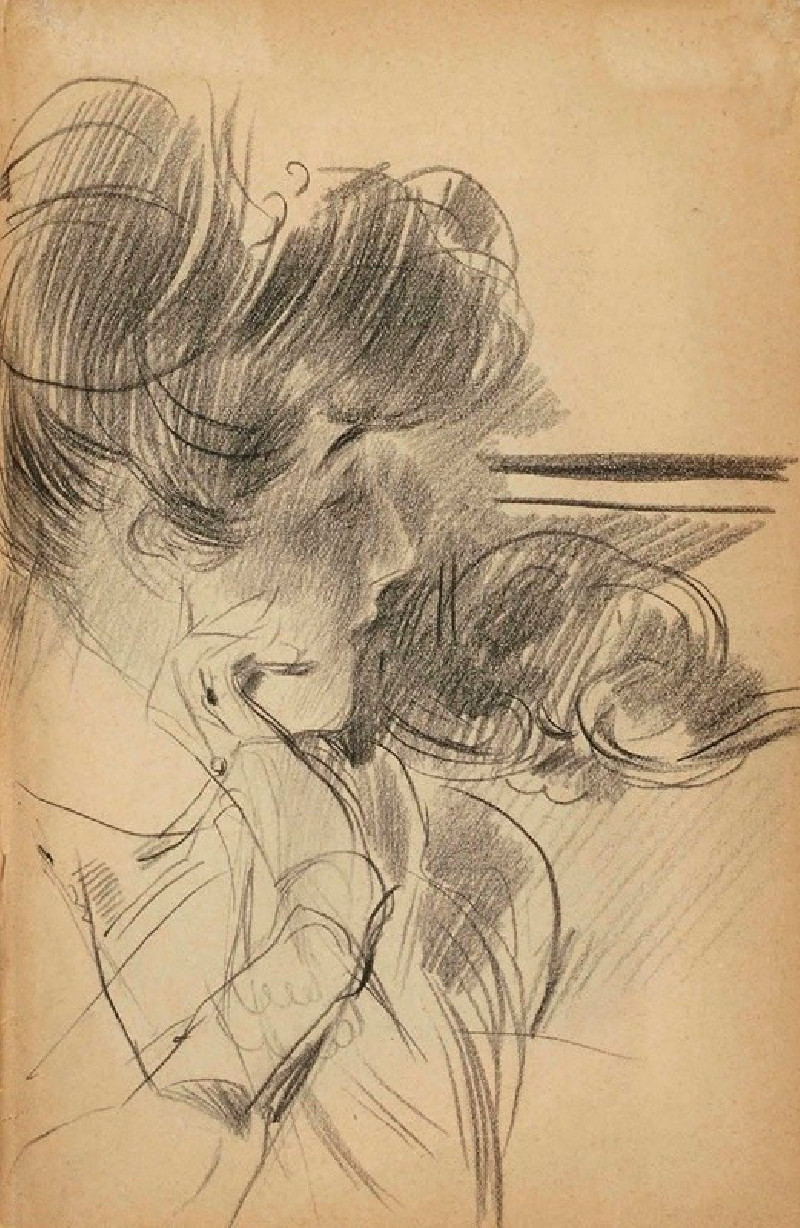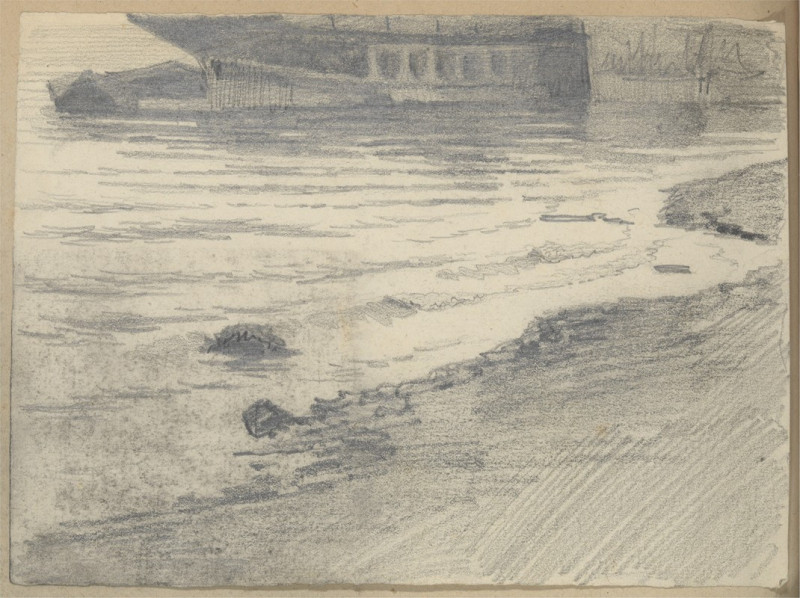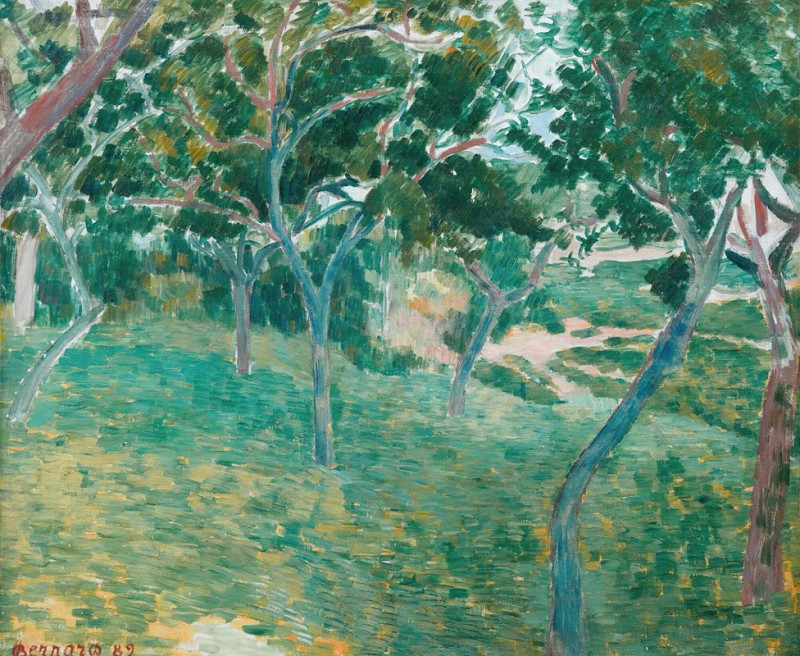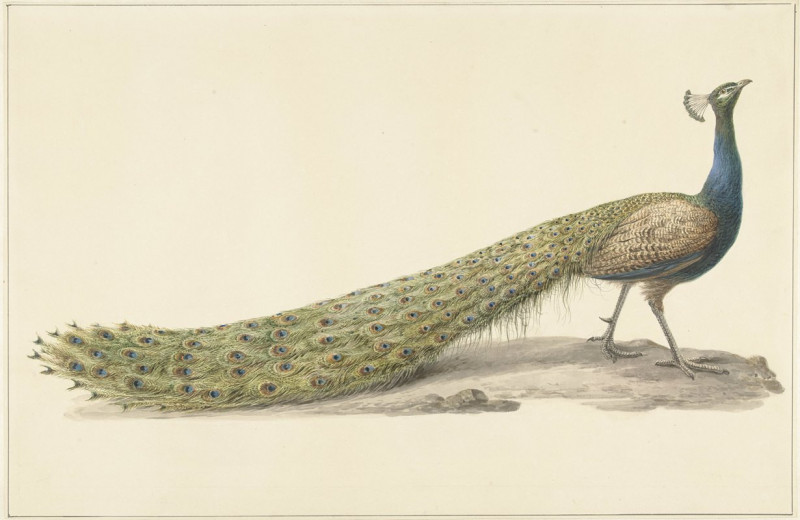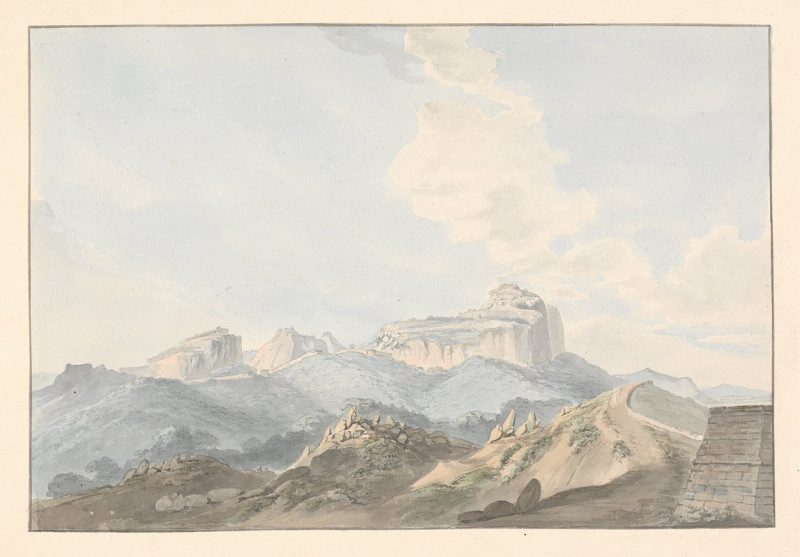Temple of Edfou [Idfû], ancient Appolinopolis, Upper Egypt. (1846-1849)
Technique: Giclée quality print
Recommended by our customers
More about this artwork
David Roberts' exquisite lithograph, "Temple of Edfou [Idfû], ancient Appolinopolis, Upper Egypt," created between 1846 and 1849, captures the grandeur and solemnity of one of Egypt's best-preserved ancient temples. This visual masterpiece transports viewers to the heart of Upper Egypt, showcasing the Temple of Edfu in its serene and majestic setting.In the foreground of the painting, a small group of travelers—an intriguing mix of locals and perhaps explorers—rests near the arid, sandy landscape that stretches out around the monumental structure. Their presence, along with a wandering herd of goats, adds a vivid touch of life to the serene desolation that envelops the temple.The temple itself, a breathtaking edifice dedicated to the falcon god Horus, is depicted with an impressive attention to detail. The two towering pylons stand guard at the entrance, richly adorned with intricate hieroglyphic engravings that tell tales of divine worship and royal decree. Beyond these, the forecourt and further sanctuaries recede into the distance, suggesting the vast scale and complexity of the architectural wonder.Roberts' skillful use of light and shadow, combined with his precise linework and subtle coloring, embellishes the stony textures and monumental forms, highlighting the architectural brilliance of the ancient builders. The distant mountains and pale sky lend a tranquil and timeless atmosphere to the scene, emphasizing the enduring legacy of Egypt's cultural heritage.This painting not only serves as a historical record of architectural achievement but also evokes a sense of wonder and reverence, inviting viewers to contemplate the ancient civilization that once thrived along the Nile.
Delivery
Returns
David Roberts (24 October 1796 – 25 November 1864) was a Scottish painter. He is especially known for The Holy Land, Syria, Idumea, Arabia, Egypt, and Nubia, a prolific series of detailed lithograph prints of Egypt and the Near East that he produced from sketches he made during long tours of the region (1838–1840). These and his large oil paintings of similar subjects made him a prominent Orientalist painter. He was elected as a Royal Academician in 1841.

![Temple of Edfou [Idfû], ancient Appolinopolis, Upper Egypt. (1846-1849) reproduction of painting by David Roberts. ALL GICLEE... Temple of Edfou [Idfû], ancient Appolinopolis, Upper Egypt. (1846-1849) reproduction of painting by David Roberts. ALL GICLEE...](https://reprodukcijos.lt/39162-large_default/reproduction-of-temple-of-edfou-idfu-ancient-appolinopolis-upper-egypt-1846-1849.jpg)
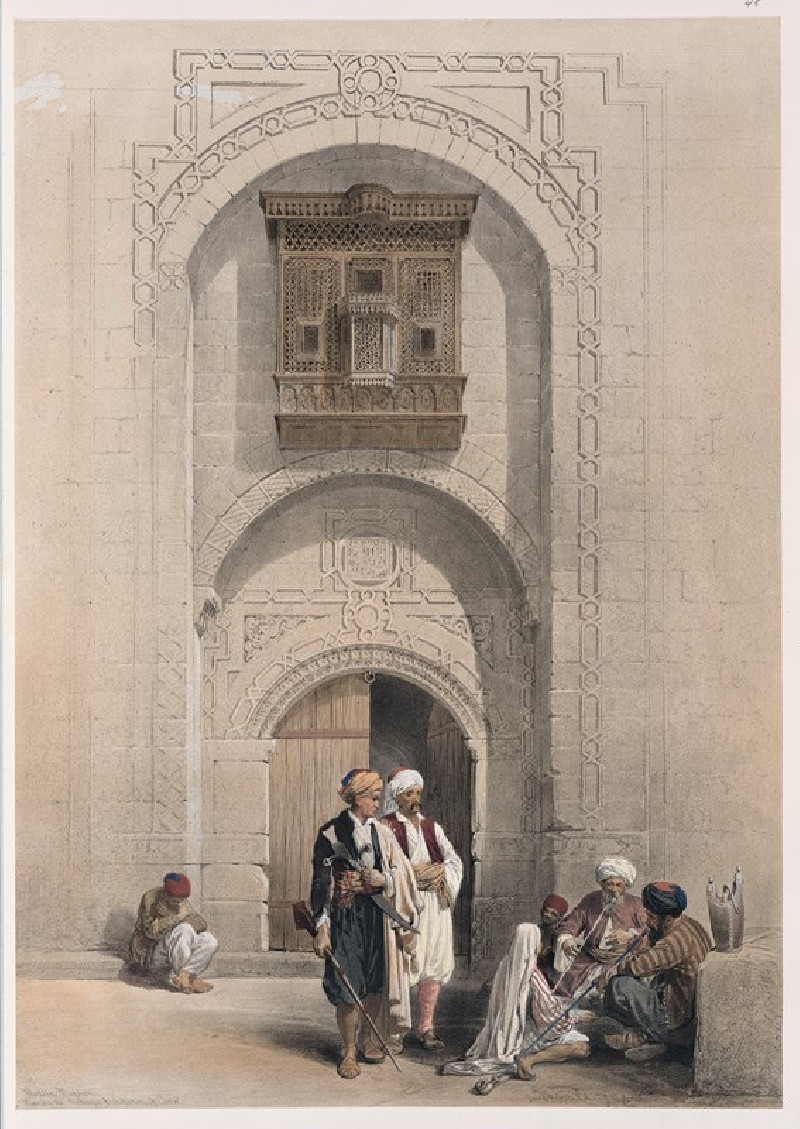
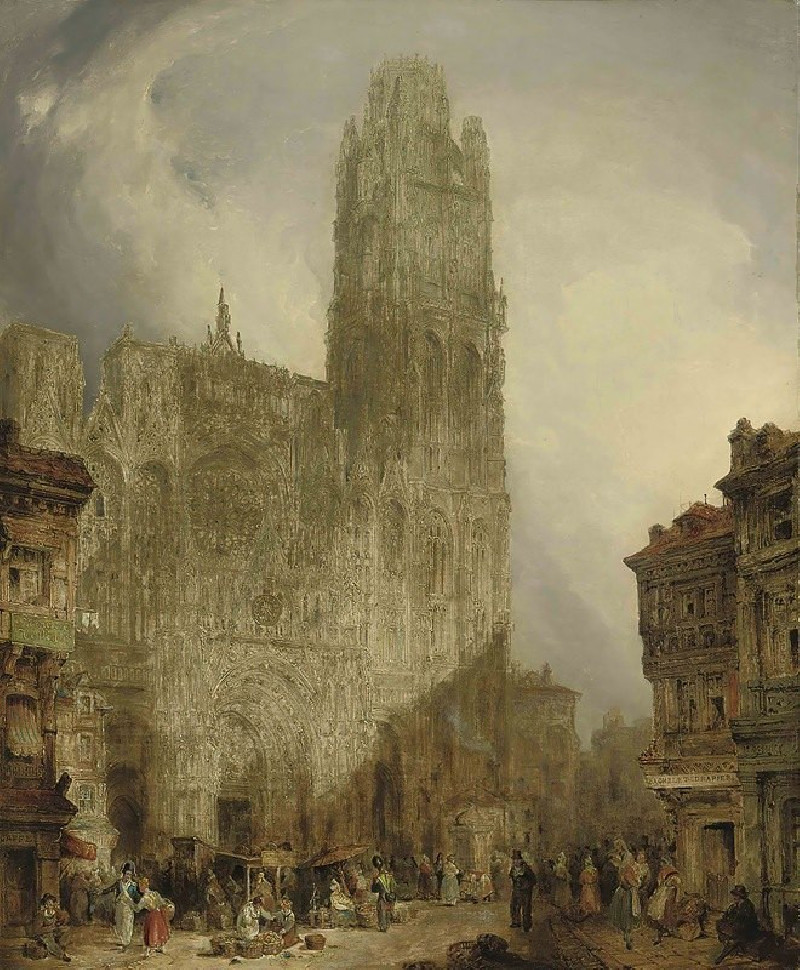
![Siout [Asyût]. Upper Egypt. (1846-1849) reproduction of painting by David Roberts. ALL GICLEE PRINTS](https://reprodukcijos.lt/39216-large_default/reproduction-of-siout-asyut-upper-egypt-1846-1849.jpg)
![Hermont [Armant], ancient Hirmonthis. Nov. 26th, 1838. (1846-1849) reproduction of painting by David Roberts. ALL GICLEE PRINTS](https://reprodukcijos.lt/39215-large_default/reproduction-of-hermont-armant-ancient-hirmonthis-nov-26th-1838-1846-1849.jpg)
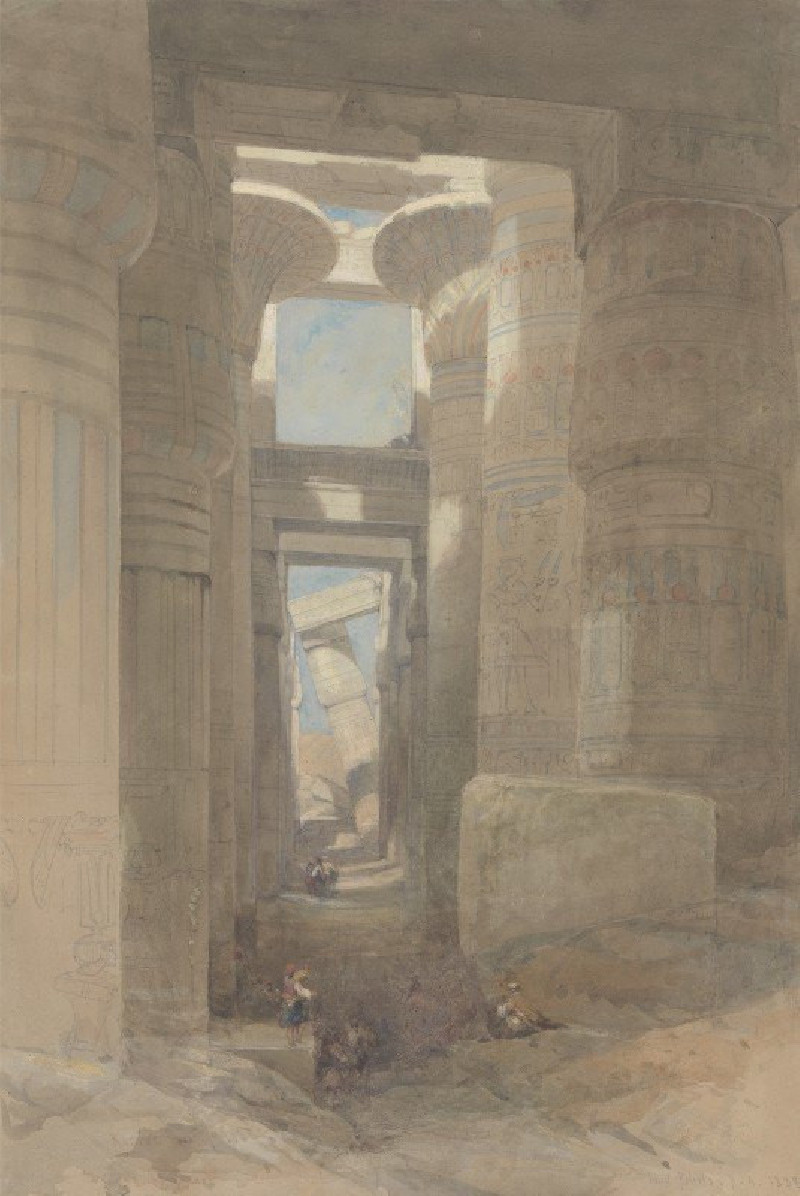
![Temple of Wady Saboua [Wadi al-Sabua], Nubia. (1846-1849) reproduction of painting by David Roberts. ALL GICLEE PRINTS](https://reprodukcijos.lt/39213-large_default/reproduction-of-temple-of-wady-saboua-wadi-al-sabua-nubia-1846-1849.jpg)
![Portico of the Temple of Edfou [Idfû], Upper Egypt. Nov. 23rd, 1838. (1846-1849) reproduction of painting by David Roberts. A...](https://reprodukcijos.lt/39212-large_default/reproduction-of-portico-of-the-temple-of-edfou-idfu-upper-egypt-nov-23rd-1838-1846-1849.jpg)
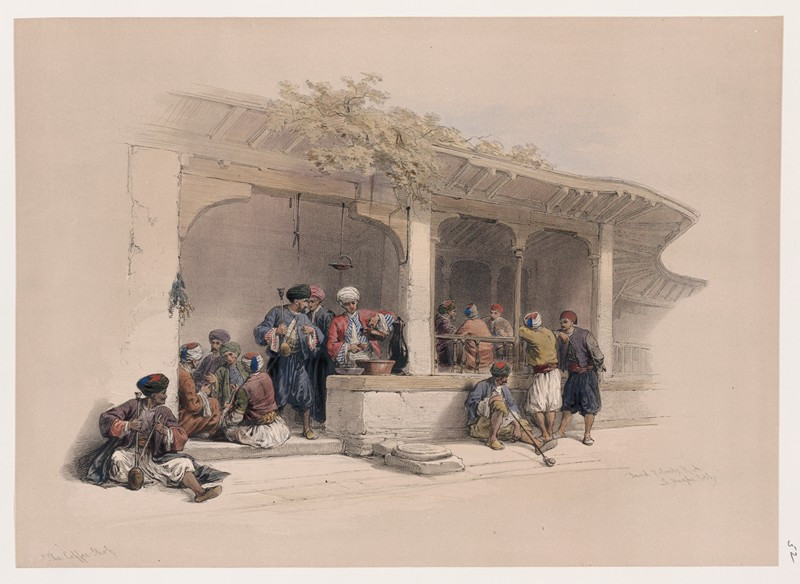

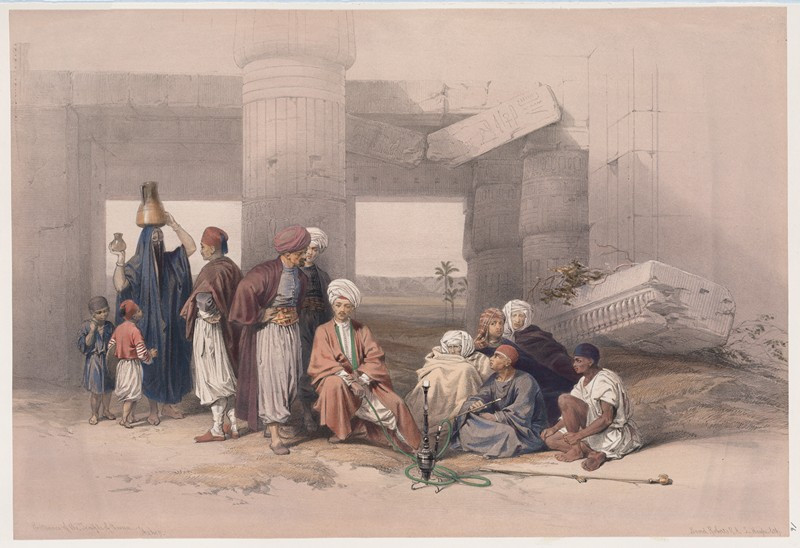
![Edfou [Edfu, Idfû]. Nov. 24th, 1838. (1846-1849) reproduction of painting by David Roberts. ALL GICLEE PRINTS](https://reprodukcijos.lt/39208-large_default/reproduction-of-edfou-edfu-idfu-nov-24th-1838-1846-1849.jpg)
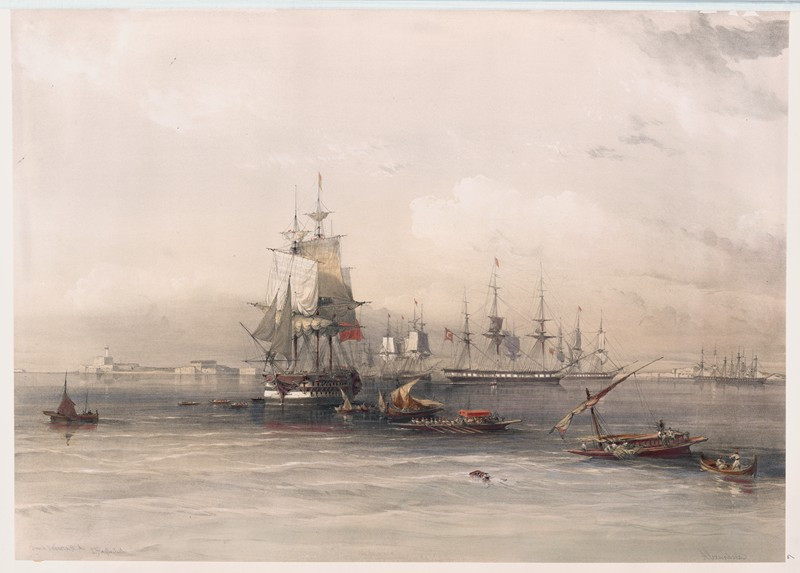
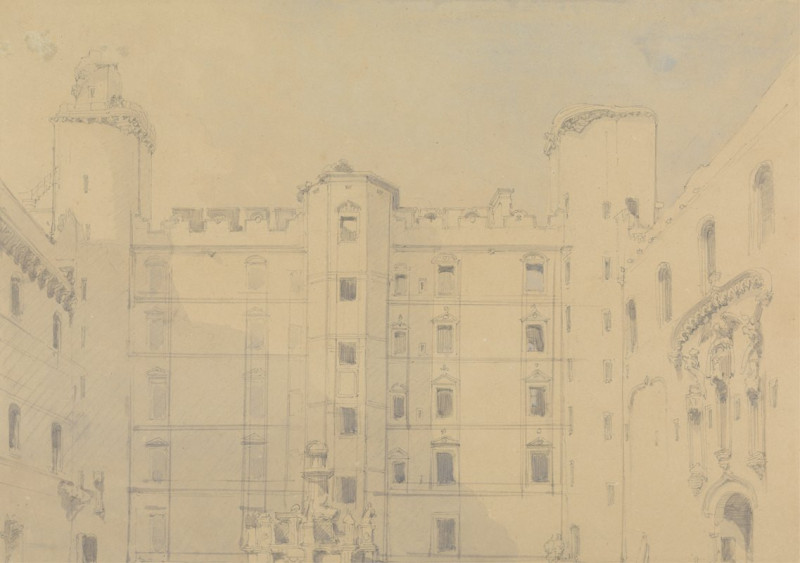
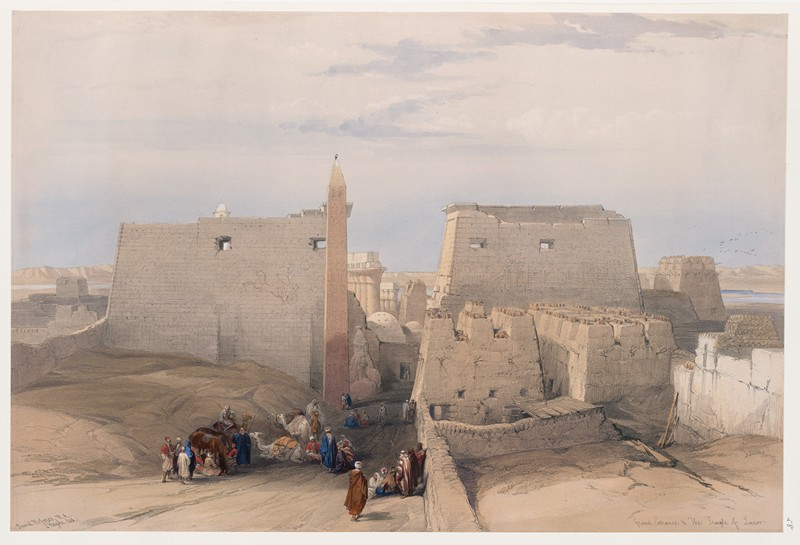

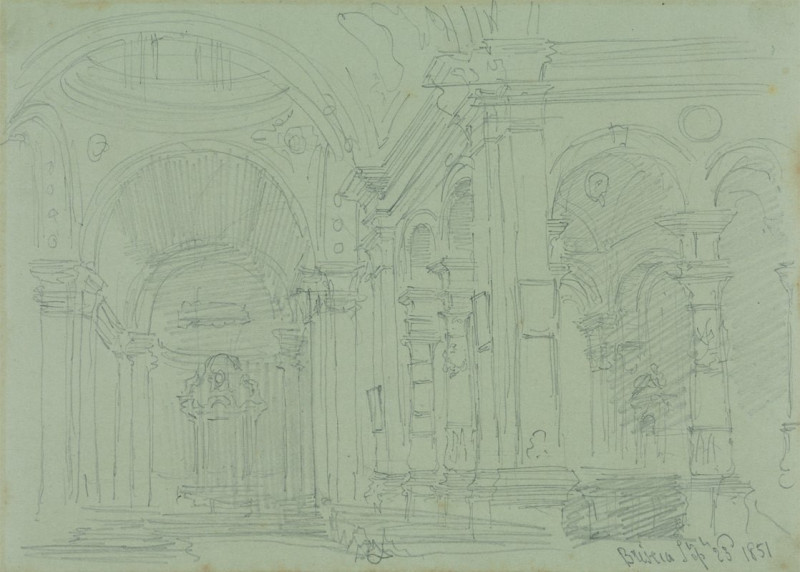
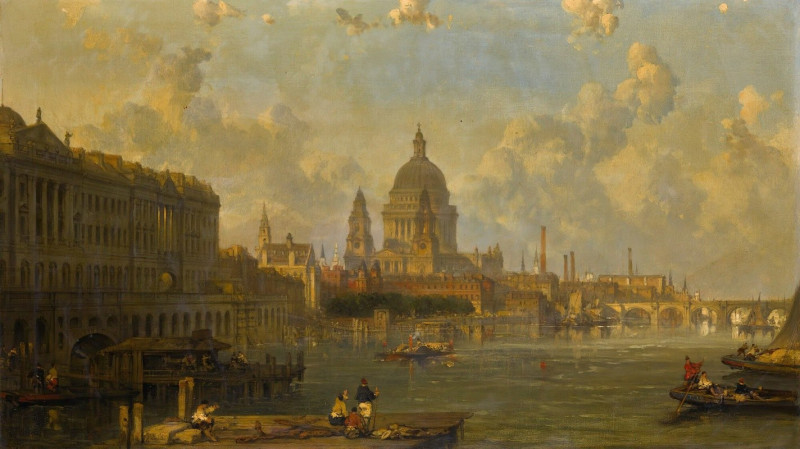
![Temple of Kalabshee [Kalabsha, Kalâbishah], Nubia. Nov. 1838. (1846-1849) reproduction of painting by David Roberts. ALL GICL...](https://reprodukcijos.lt/39201-large_default/reproduction-of-temple-of-kalabshee-kalabsha-kalabishah-nubia-nov-1838-1846-1849.jpg)
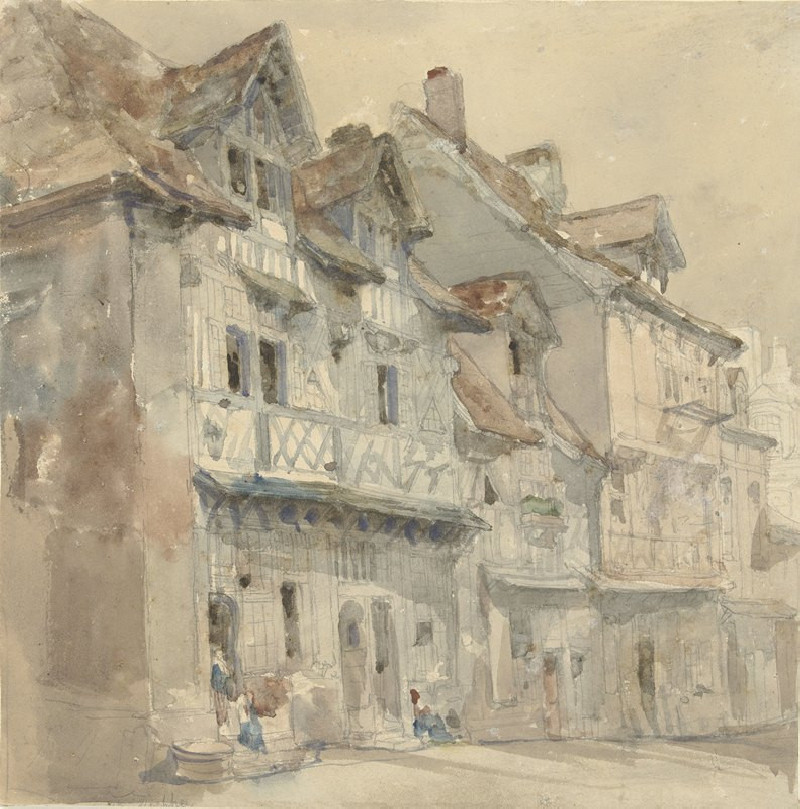
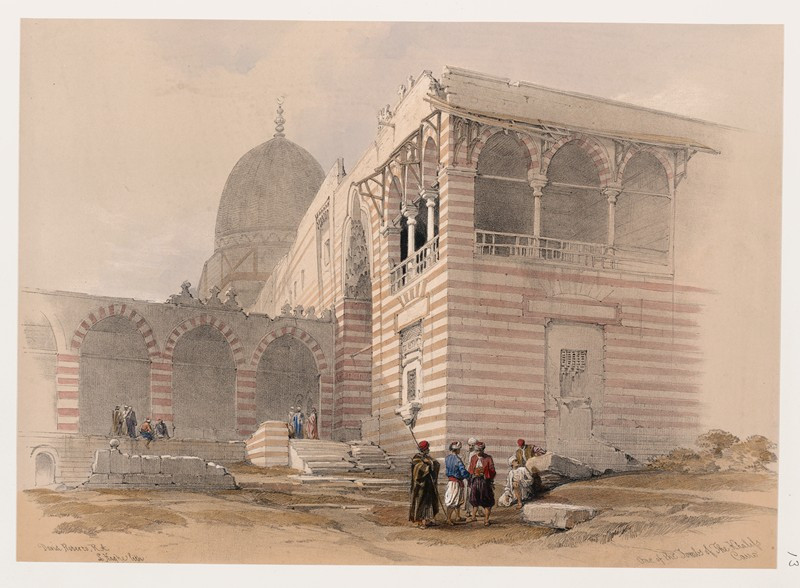

![Ruins of the Temple of Kardeseh [Qirtâsî], Nubia. (1846-1849) reproduction of painting by David Roberts. ALL GICLEE PRINTS](https://reprodukcijos.lt/39187-large_default/reproduction-of-ruins-of-the-temple-of-kardeseh-qirtasi-nubia-1846-1849.jpg)
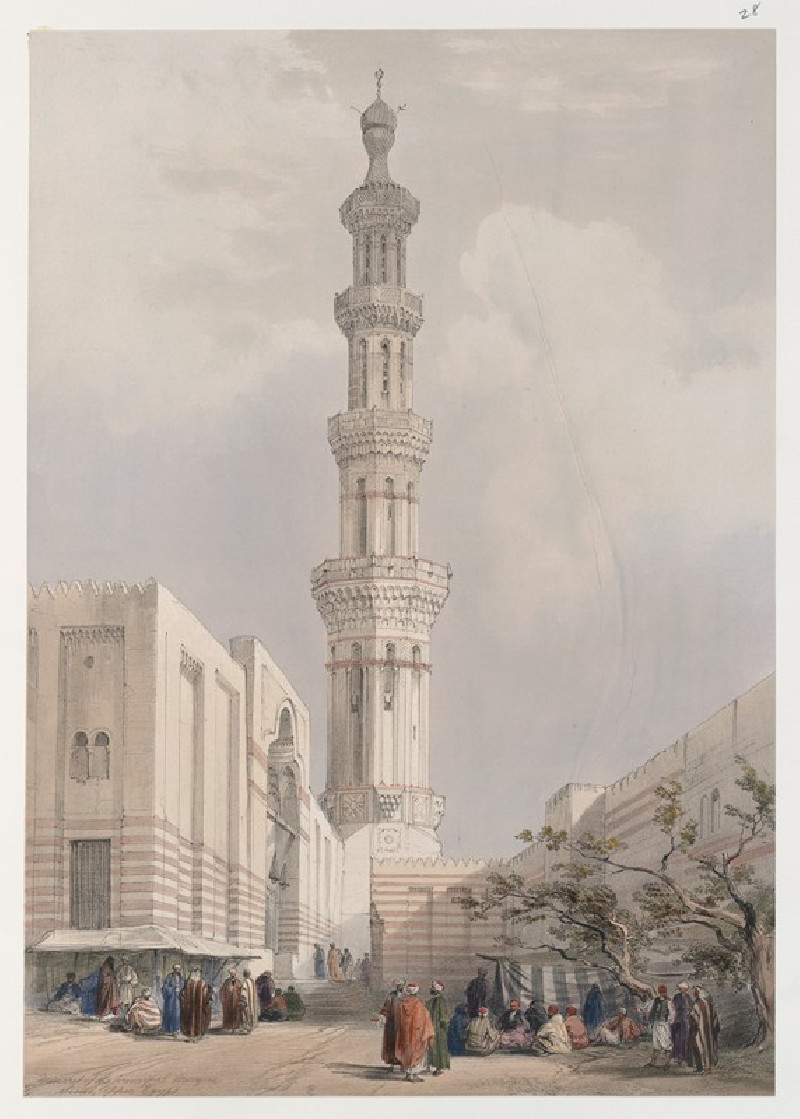
![Pyramids of Geezeh [Giza]. (1846-1849) reproduction of painting by David Roberts. ALL GICLEE PRINTS](https://reprodukcijos.lt/39185-large_default/reproduction-of-pyramids-of-geezeh-giza-1846-1849.jpg)
![Excavated temples of Aboosimble [Abû Sunbul], Nubia. (1846-1849) reproduction of painting by David Roberts. ALL GICLEE PRINTS](https://reprodukcijos.lt/39184-large_default/reproduction-of-excavated-temples-of-aboosimble-abu-sunbul-nubia-1846-1849.jpg)

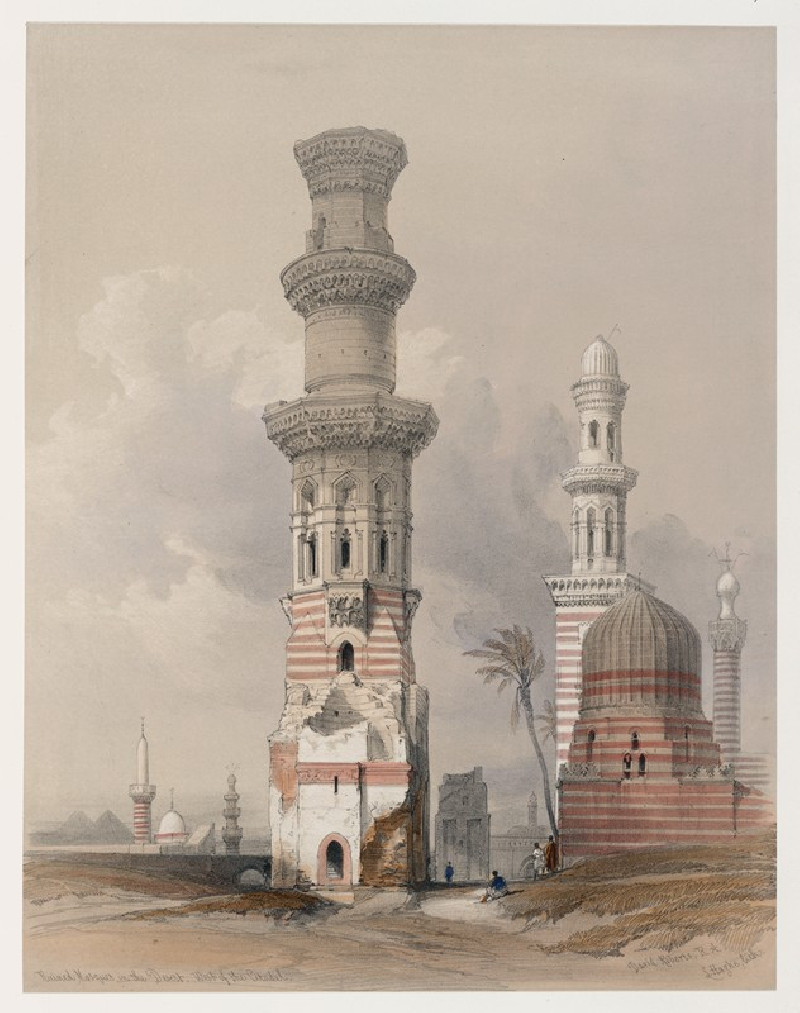


![Dayr el Medeeneh [Dayr al-Madînah], Thebes. (1846-1849) reproduction of painting by David Roberts. ALL GICLEE PRINTS](https://reprodukcijos.lt/39182-large_default/reproduction-of-dayr-el-medeeneh-dayr-al-madinah-thebes-1846-1849.jpg)

